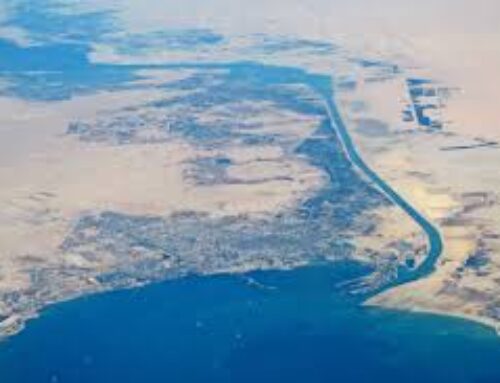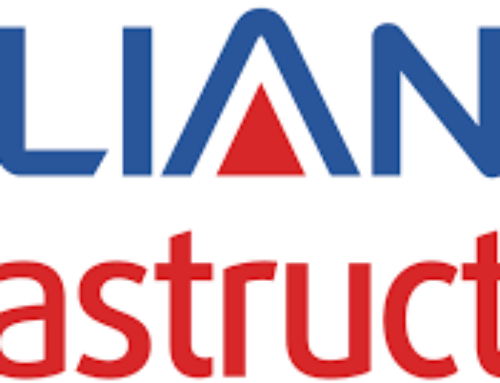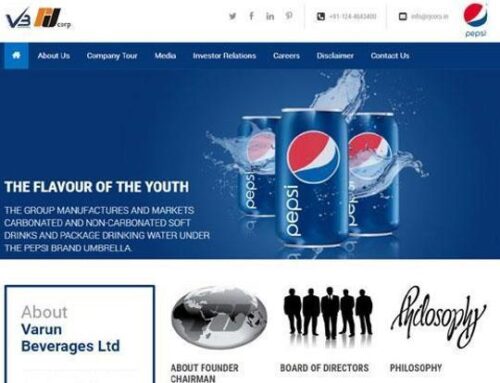Industry profile: Mining as a primary sector of economics is significant for development, not for employment, but for utilization of natural resources. Minerals constitute the backbone of the economic growth of any nation, and India has been eminently endowed with this gift of nature. There is much evidence that the exploitation of minerals like coal, iron ore, copper, and lead, zinc has been going on in the country from time immemorial. The Mining industry in India is a significant economic activity that contributes significantly to the economy of India. The GDP contribution of the mining industry varies from 2.2% to 2.5%, but going by the GDP of the entire industrial sector, it contributes around 10% to 11%. Even mining done on a small scale contributes 6% to the entire cost of mineral production. The Indian mining industry provides job opportunities to around 700,000 individuals.
However, the first recorded history of mining in India dates back to 1774, when an English Company was granted permission by the East India Company to mine coal in Raniganj. M/s John Taylor & Sons Ltd. started gold mining in Kolar Gold Fields in 1880. The first oil well was drilled in Digboi in 1866 – just seven years after the first-ever oil well was drilled anywhere in the world, viz. in Pennsylvania state, the USA, in 1859. However, mining activities in the country remained primitive in nature and modest in scale until the beginning of the current century. After that, with progressive industrialization, the demand for and hence the production of various minerals gradually increased. After India became independent, the growth of mining under the impact of successive Five Year Plans has been swift. There are ambitious plans in the coal, metalliferous, and oil sectors to increase the increase production of minerals during the 8th Five Year Plan and after that.
Company Profile: The company is govt owned mineral producer and under the control of the Ministry of Steel. The company’s segments include Iron Ore and Other minerals & services. Under other minerals, It is involved in exploring copper, rock phosphate, limestone, dolomite, gypsum, bentonite, magnesite, diamond, tin, tungsten, graphite, etc. In addition, the company proposed diversifying into steelmaking raw materials like cocking coal manufacturing and others.
It is also engaged in the production and sale of diamonds, sponge iron, and wind power. Its projects under construction include Bailadila Deposit-11/B, Kumaraswamy Iron Ore Project, 1.2 million tons per annum (MTPA) Pellet Plant at Donimalai, 3.0 million tons per annum (MTPA) Integrated Steel Plant in Chhattisgarh, Panthal Magnesite Project, Screening Plant III at Kirandul Complex, Screening Plant II at Donimalai Complex, doubling of Railway Line between Kirandul and Jagdalpur, Steel Plant at Bellary and Rail Link between Dalli-Rajhara-Rowghat-Jagdalpur Railway Line Project.
Shareholding pattern: BSE Data
Financials and Ratios : [table id=140 /]
Future Prospects: Iron ore is one significant part of revenue. But due to the price decrease, it is difficult for the company to manage its income level.
Private companies like Vedanta are performing better as they know how to manage many things. NMDC, on the other front, is better than Vedanta but still can’t help itself.





